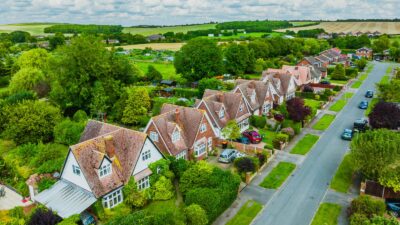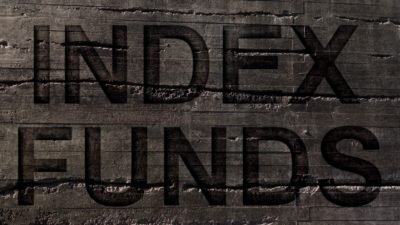The pharmaceutical industry is one of the market’s most defensive sectors.
However, not all pharma groups are created equal, and the fortunes of two of the industry’s biggest players, AstraZeneca (LSE: AZN) and Hikma Pharmaceuticals (LSE: HIK) couldn’t be more different.
Differing outlooks
Hikma is one of the London market’s greatest success stories. Hikma specialises in the production of generic, low-cost drugs that have lost patent protection. The company has seen a surge in sales and profitability over the past few years as a wave of high-profile drugs have come off patent across the pharmaceutical industry.
For example, if Hikma meets City earnings forecasts for 2017, the company’s pre-tax profit will have grown by 270% over seven years or around 24% per annum. City analysts expect the company to report earnings per share growth of 38% for 2017 and based on this forecast the company is trading at a 2017 P/E of 20.2 and PEG ratio of 0.5 — a PEG ratio below one indicates that the company’s shares offer growth at a reasonable price.
Hikma’s shares only offer a token dividend yield of 1%, although the payout is covered four-and-a-half times by earnings per share, so there’s plenty of room for further growth.
A positive spin
Astra’s management tried to put a positive spin on the company’s first quarter figures but reading between the lines it’s clear the company is struggling.
On a headline basis, core operating profit fell by 12% to $1.6bn and revenues increased by 1% to $6.13bn. The company blamed higher levels of research spending for most of the decline in profit. However, reading through the figures, it becomes clear that profits were flattered by $646m as a result of lower amortisation charges and externalisation deals that raised $550m. These one-off benefits won’t last forever and the year is only really just getting started for Astra as the company is set to lose the exclusive manufacturing rights for its leading Crestor drug later in 2016.
As yet, it’s impossible to tell how much the loss of these exclusive rights will cost the company although it’s possible to get some idea.
Specifically, in 2014 Crestor and another of Astra’s leading treatments, Nexium, accounted for a third of the company’s revenue or $9.2bn. Nexium came off patent in mid-2014 and during its first full year without patent protection, Astra’s sales of the drug fell by more than 30%.
Astra’s management has warned that the company’s profits will fall by a mid-to-single-digit percentage this year off the back of falling sales and so far it’s unclear how quickly the group will be able to recover its composure from the decline of Crestor and Nexium. It’s also not possible to tell how quickly Astra’s Crestor sales will slide this year after they lose patent protection.
The bottom line
With so much uncertainty surrounding Astra’s outlook, Hikma looks to be the better investment despite the company’s lofty valuation.







